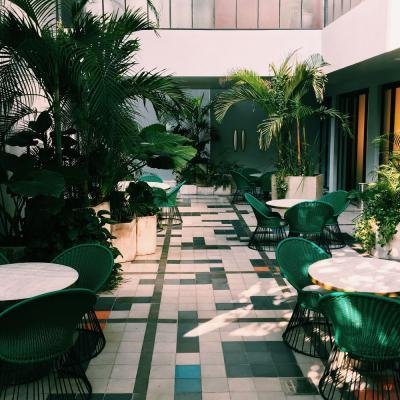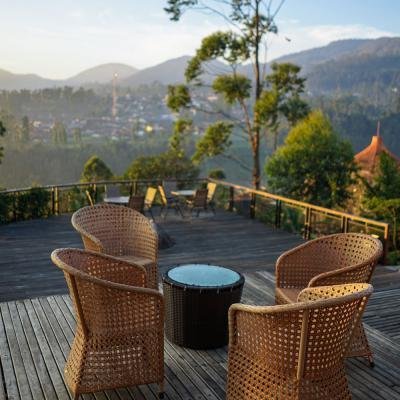The Old River House at Parteen
The Old River House at Parteen, County Clare is a private family house, with a number of annexes, either offering guests rooms in a home share or the option to book exclusive use of the entire house. Currently, the estate offers accomodation in the main house, known locally by its Old Irish / Viking name of Parteen-a-Lax, but is preparing the annex cottages and buildings for booking, starting in the Spring of 2025.
The grounds, comprising of eight acres of gardens, woodland and river bank are being reclaimed from nature after a 25 year lapse in management.
Recent Reviews
-
Fabienne, FRance, October 2024
Beautiful, historical yet very comfortable and calming place. Mark is a great host. We enjoyed our stay a lot.
-
Anna, Ireland, November 2024
The house was very warm and cozy. Lovely historical house. Felt at home. Lovely owner with an even nicer dog !
-
Alexandra, October 2024
Gorgeous house, amazing host, beautiful view The house and the surounding area is absolutely beautiful, full of history. The host is the absolute best, he gave us itineraries for day trips and was at our service whenever we needed, just an absolute...
-
Finbar, October 2024
Cant wait to go back! A Memorable Stay with an Exceptional Host! We had a wonderful time staying at Mark’s place while attending a wedding in Limerick. From the moment we arrived, we were overwhelmed by the beauty of the building. Mark welcomed us...
-
Peter, Ireland, November 2024
Mark was a great host, lovely location, great company, it is an old house, so it needs some work, but very enjoyable stay, the 2 dogs were the highlight for my daughter.






